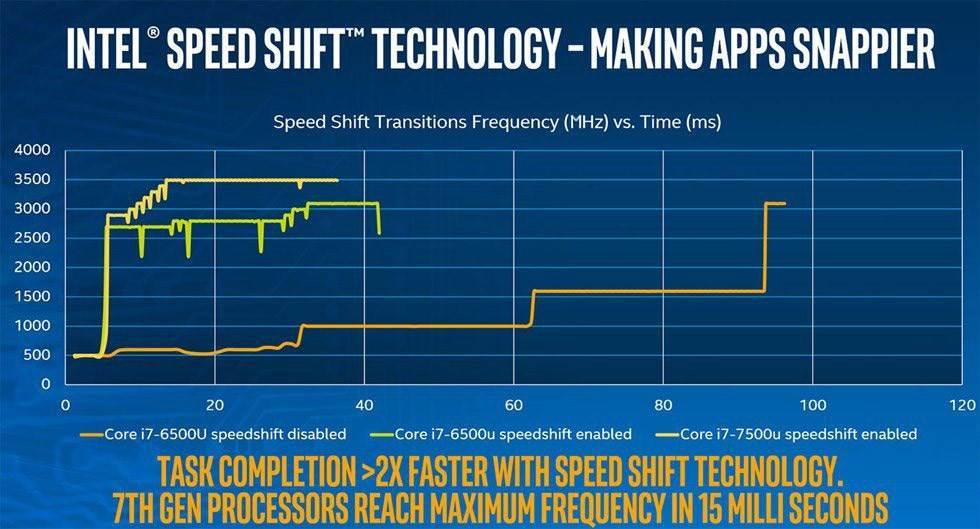Microsoft recently sparked a stir when it was reported that the company will support upcoming CPU architectures by Intel and AMD only on Windows 10, with the keyword being “support” and not “compatibility.” This means that Microsoft will offer customer-support and likely serve updates to Intel “Kaby Lake” and AMD “ZEN” machines only running Windows 10 (and its enterprise variant Windows Server 2016, based on the NT 10 kernel), and not older versions of Windows. The processors themselves are compatible with any x86 operating system, Windows or *nix, 32-bit or 64-bit. HotHardware dug out the likely causes of this decision.
Apparently, new power-management and SMT features are behind the decision. With its “Kaby Lake” microarchitecture, Intel is introducing a new power-management feature called Speed Shift Technology. This lets the processor adjust its clock-speed to match processing loads at response time of 15 ms. This likely requires OS-level hooks, so the on-die power-management components can poll for processing loads and accordingly raise or lower clock-speeds 66.66 times each second, at no CPU cost. In its ZEN microarchitecture reveal, AMD too spoke about fine-grained, multi-domain clock-gating (≠ power-gating) on its “ZEN” based processors, such as “Summit Ridge.”
AMD “ZEN” processors introduce simultaneous multi-threading, a feature that exposes each physical core as two logical CPUs to the OS, for better utilization of on-die resources. Intel’s implementation of SMT is the HyperThreading Technology (HTT), and has been around for over a decade. AMD’s SMT implementation isn’t identical to that of HyperThreading, with the two threads on a CPU competing for resources in a method unique to AMD. This can’t work without the OS kernel and scheduler being aware of the method. You’ll remember that Microsoft had to update the kernel and scheduler of Windows 7 in a similar way, to optimize it for “Bulldozer.”
These, HotHardware argues, could be the likely reasons why Microsoft is limiting support for the new CPU microarchitectures to Windows 10.Source: HotHardware







